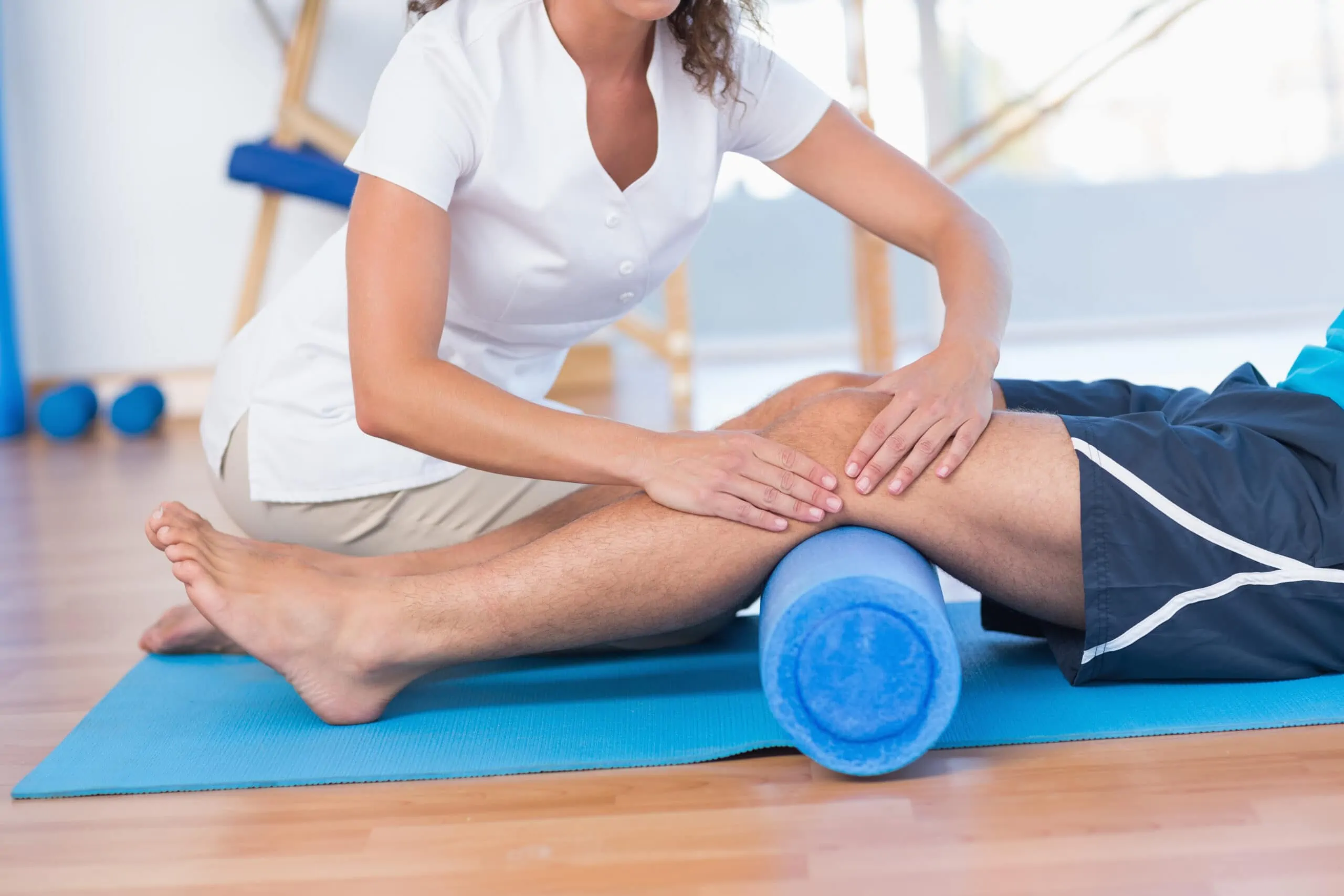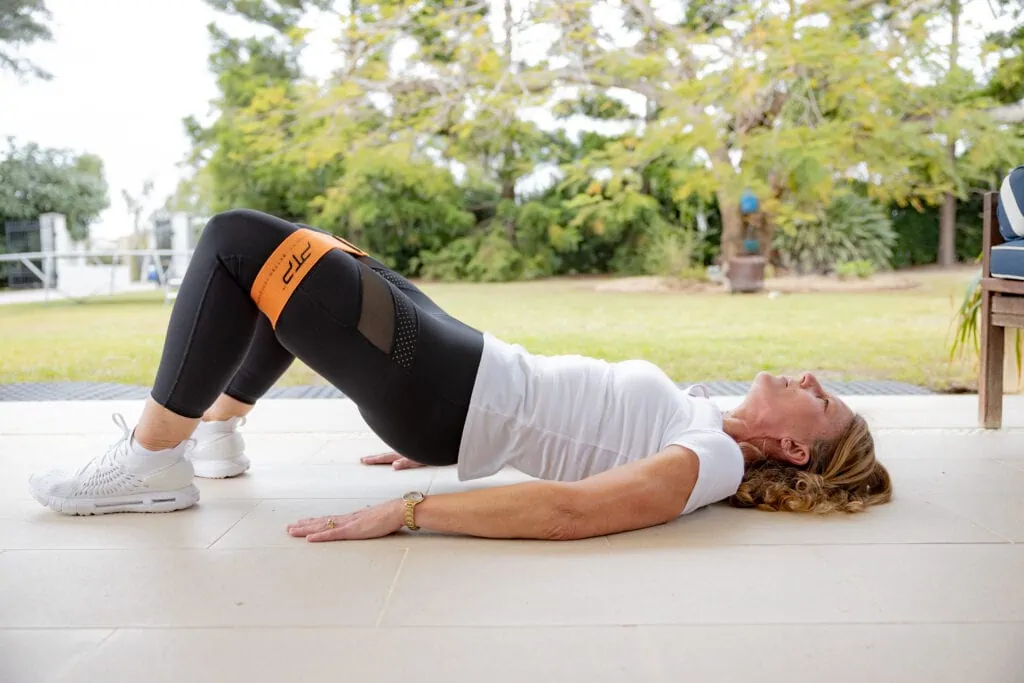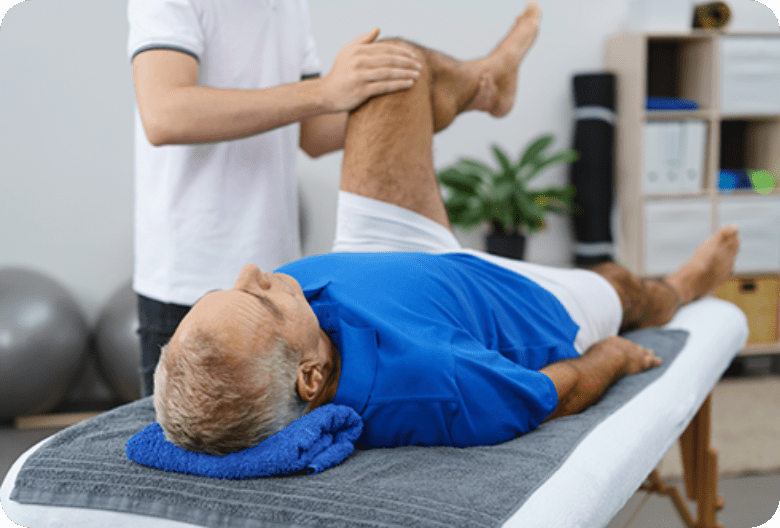
How do I prepare for total knee replacement surgery?
Two actions you should take prior to having knee surgery is first to have remedial massage on the affected leg by a therapist experienced in preparing the soft tissue for surgery, and second to do appropriate strengthening, stretching exercises designed for you by an exercise physiologist who is experienced in surgical procedures.
What might I need to know about my hospital time?
- Pain medication is essential so you can do the exercises to help recovery and early mobility.
- Pain medication may cause significant constipation. Be prepared to take anything that will help you move your bowels.
- Swelling and bruising in the leg is common post-surgery. Ice therapy is essential however also plan ahead to have full length compression stockings to wear as soon as possible rather that the compression stocking up to the knee only. The full-length stocking will help flatten the scar tissue without delaying the healing process, and will help drain a lot better. Wear these for up to six weeks for best outcomes.
How can I help my recovery post total knee replacement?
There are 3 key areas to address directly after surgery: managing your diet, doing the right exercise regularly and often, and having massage to reduce swelling and facilitate circulation.
Why is diet so important after knee surgery?
This is the time to focus on foods that will aid recovery, reduce inflammation and prevent weight gain while you are unable to move around or exercise at a calorie burning level. This is a time to aim for weight loss to take some of the load off your new knee.
Why is exercise so important after knee surgery?
In any surgical procedure the body is traumatised. Doing functional exercises as soon as possible and then adhering and complying to a routine of exercise enables you to settle down much more quickly, both physically and mentally. Exercise tailored to your specific needs and ability can be designed by a rehab exercise physiologist.

Why is massage so important after knee surgery?
Isn’t it the bone in the knee that is being replaced? Whenever surgery is necessary to address bone damage/dysfunction, the soft tissue of the body is significantly affected, manifesting as masses of compacted tissue, ridges and painful areas. A Clinical massage Therapist will help you get the joint bending and straightening better. This will reduce the pain as well as improve your ability to move around and in a position to strengthen your leg.
Victoria Gill, principal of Green Apple Wellness Centre, had bilateral total knee replacement and has had a miraculous recovery.
Victoria’s Tips:
- To manage swelling (odoema)
- Apply regular Ice treatment
- Find a Remedial massage therapist experienced in total knee replacement therapy
- Wear full length support stockings
- Use water walking/water therapy
- To improve range of movement (ROM) and strength
- Source an Exercise Physiologist who has experience in tailored exercise for you pre- and post-surgery










